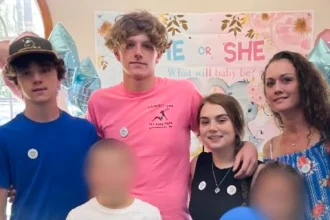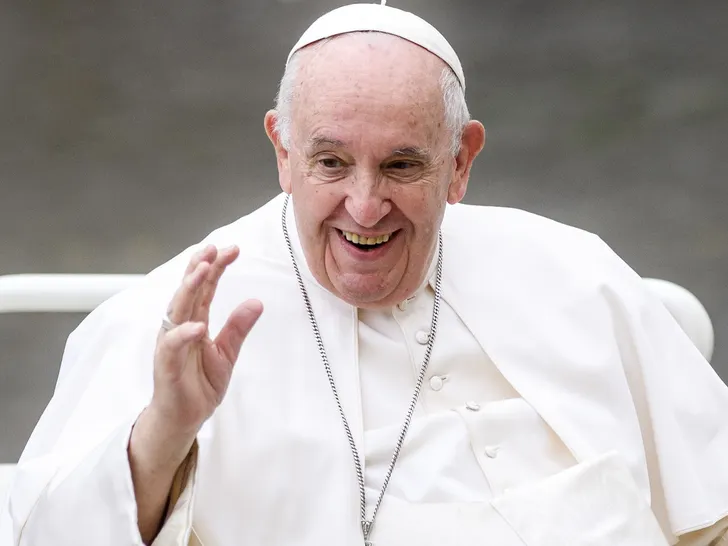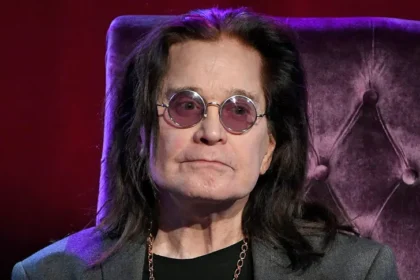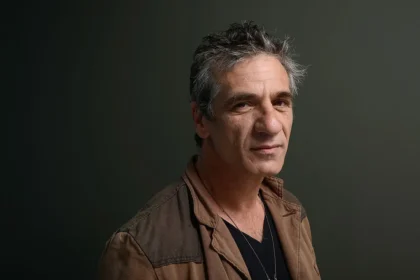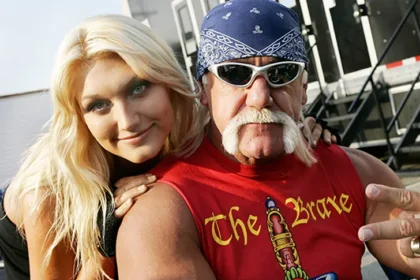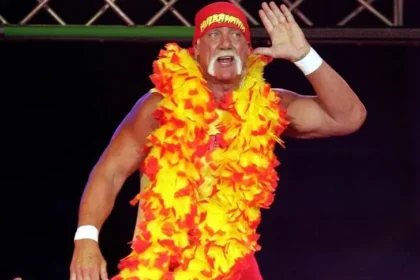The Vatican confirmed the pontiff’s death early Monday morning, announcing that Pope Francis peacefully passed away at 7:35 AM. A statement from Cardinal Kevin Farrell read, “The Bishop of Rome, Francis, returned to the house of the Father. His entire life was dedicated to the service of the Lord and His Church.”
With his passing, the world loses not only the spiritual head of over a billion Catholics, but also a progressive voice who courageously redefined the papacy in modern times.
A Struggle with Health in His Final Years
Concerns over Pope Francis’ health had grown significantly in recent months. He was hospitalized earlier this year for double pneumonia and bronchitis, following years of recurring medical issues. At the end of February, rumors began circulating that the pope was preparing for the end of his journey after receiving numerous visits from global dignitaries, including Italian Prime Minister Giorgia Meloni, who assured the public that the pope remained “alert and reactive.”
The pope had a long history of respiratory challenges. As a young man, he lost part of his lung due to pleurisy, a serious chest infection that would foreshadow a lifetime of health battles. In March 2023, Pope Francis was admitted to Rome’s Gemelli Hospital for what was later diagnosed as a severe respiratory infection. He stayed several days for treatment but continued to carry out his duties as best as he could from his hospital bed.
His health issues resurfaced again in June that year, when he underwent stomach surgery and remained hospitalized for over a week. Despite his frail condition, the pontiff was determined to continue his mission of reforming the Church and advocating for the vulnerable.
From Argentina to the World Stage
Born Jorge Mario Bergoglio on December 17, 1936, in Buenos Aires, Argentina, Francis grew up in a modest family with deep faith. He would later become the first pope from the Americas, the first Jesuit pope, and the first non-European pope since the 8th century, marking a turning point in Catholic history.
He assumed the papacy in March 2013 after the resignation of Pope Benedict XVI—an extremely rare occurrence in Church history. From his first appearance on the Vatican balcony, Pope Francis struck a different tone: humble, warm, and focused on serving “the least of these.”
A Pope for the People
Throughout his papacy, Pope Francis made headlines for his progressive and inclusive approach, often breaking with tradition in ways that sparked both admiration and controversy.
He urged the Church to be more welcoming toward the LGBTQ+ community, famously saying, “Who am I to judge?” in reference to gay Catholics seeking God. He supported legal protections for same-sex couples, challenged the Church to do more for the poor, and condemned global injustices, from climate change to immigration issues.
Under his leadership, the Vatican adopted a new constitution, restructured its bureaucracy, and expanded the role of women in various church positions. He emphasized transparency and accountability, particularly in the face of long-standing clergy abuse scandals.
His deep empathy, paired with his commitment to humility—opting to live in a guesthouse instead of the Apostolic Palace and washing the feet of prisoners during Holy Week—earned him the nickname “The People’s Pope.”
A Legacy of Reform and Compassion
Pope Francis’ impact will be felt for generations. His leadership was marked by compassion, modernization, and a relentless focus on unity. He challenged traditional power structures, urging Church leaders to prioritize service over status, and continuously called for action on global crises affecting the world’s most marginalized communities.
While he faced criticism from conservative corners of the Catholic Church, his ability to connect with believers and non-believers alike cemented his status as a unifying figure in an increasingly divided world.
A Global Outpouring of Grief and Gratitude
The announcement of his death triggered an emotional outpouring across the globe. Cathedrals began tolling their bells, candles lit across Vatican City, and tributes flooded in from political leaders, celebrities, and religious figures. Social media was filled with prayers, memories, and messages of thanks for the man who many felt brought the Church closer to the real world.
The Vatican is expected to announce funeral arrangements in the coming hours, with tens of thousands likely to descend upon St. Peter’s Square to pay their final respects to the pope who revolutionized the role.
What’s Next for the Catholic Church?
With Pope Francis’ passing, the Church enters a time of sede vacante—a period when the papal seat is vacant. The College of Cardinals will now begin preparations for a conclave to elect the next pope, a process that will take place behind closed doors amid growing pressure to continue—or contest—the reforms initiated by Pope Francis.
The next pontiff will inherit a Church deeply changed by Francis’ papacy. The question that now looms large: Will his vision live on?
Final Thoughts: A Life Lived in Service
Pope Francis leaves behind not only a legacy of spiritual leadership, but also a blueprint for a Church that listens, adapts, and leads with love. He challenged traditions not to destroy them, but to renew them. His heart beat for the poor, the forgotten, and the misjudged.
In a world desperate for compassion and connection, Pope Francis stood as a symbol of what leadership through service truly means.
Rest in Peace, Pope Francis. 1936–2025.

